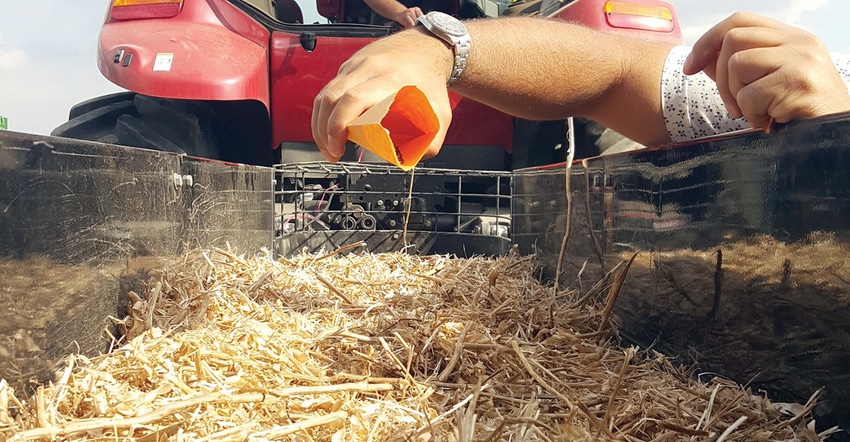May 24, 2017

I recently returned from the second Global Herbicide Resistance Challenge, attended by 300 to 400 delegates from 26 countries. It was a good conference with a lot of great science on mechanisms of resistance and the spread of resistance worldwide, but not much on practical solutions to the problem.
The most inspiring presentation was from Aussie farmer/innovator Ray Harrington, who went cold turkey from being a livestock farmer with 25,000 head of sheep to being a crop farmer.
He made the decision knowing herbicide-resistant ryegrass was a major problem in his area. Going in he decided he would manage the weeds — not let the weeds manage him. He knew there had to be solutions that involved things other than herbicides to make this happen.
In our country, herbicide-resistant weeds are managing us. We have a great chemical industry and will continue to depend on herbicides for part of the solution, but we are farming ourselves right out of business by being overly dependent upon them.
We are 10 years beyond being able to solve a herbicide resistance problem by simply throwing more herbicides at it.
While some of our more innovative farmers are beginning to integrate other control methods into their production systems, it isn’t happening quickly enough. More research on methods to supplement our herbicide programs is being conducted all of the time.
The general consensus is the one method that currently has the most promise is Harvest Weed Seed Control (HWSC) to drive soil seed-bank numbers down. There are several potential ways to do it but the most practical seem to be narrow windrow burning (where burning can be utilized) and mechanical weed seed destruction.
Ray Harrington invented the Harrington Seed Destructor wich started out as a pull behind unit. There are other examples of pull behind concepts as well, but for us any pull-behind-the-combine system will have limited utility.
The Harrington System is now being integrated into the back of the combine (IHSD) and that is a game changer. It is a work in progress but it has much promise. Dr. Jason Norsworthy has been working with this unit in Arkansas and is very excited.
We must reduce soil seedbank number if we expect to win!
About the Author(s)
You May Also Like




